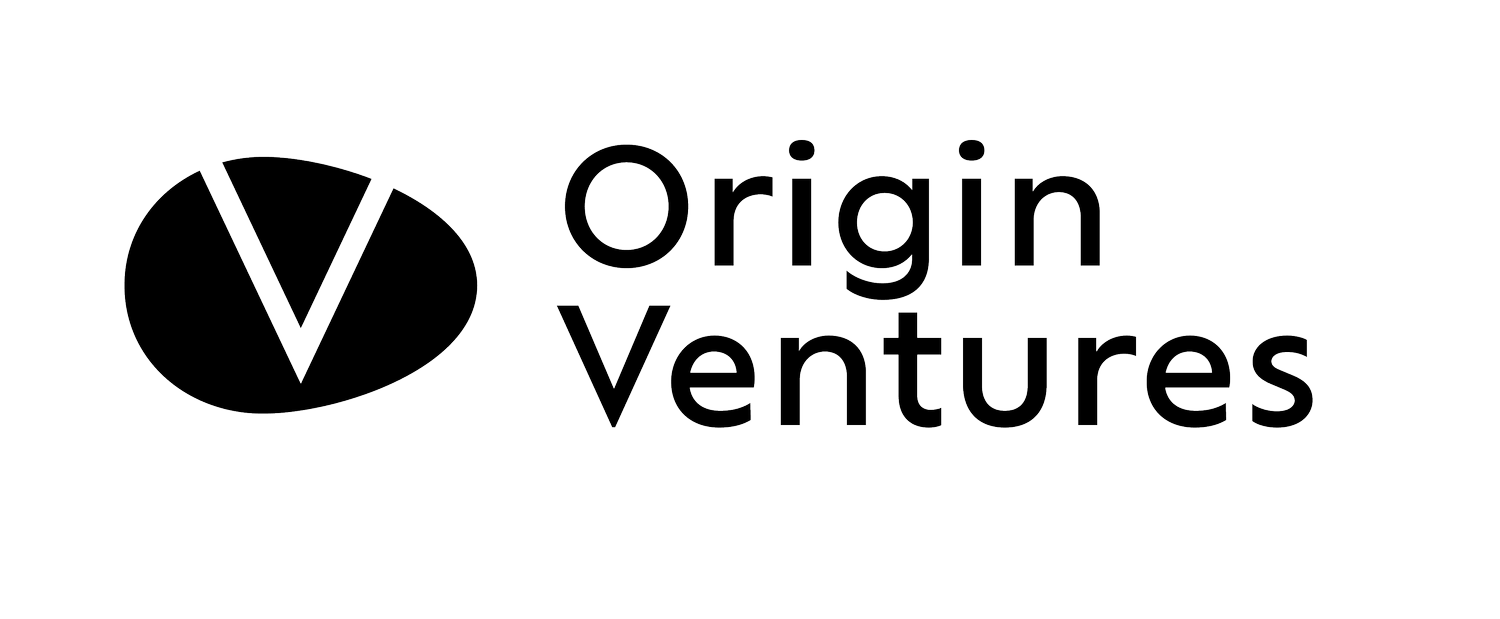Corporate Adolescence and a Framework for Organizational Scaling
“What is the biggest non-obvious challenge the company is facing and how could Origin help?” I asked as the board meeting was coming to a conclusion.
“We would like to talk to your other companies that have transitioned from Series A stage. We are confronting a new set of challenges around managing people and our team that has doubled in size,” the founder replied.
“Corporate adolescence,” I thought.
___
Scaling a startup from seed to successful exit requires different approaches at different times. At the stage Origin invests, we most often see founders scaling from initial product-market fit to assembling a marketing and sales apparatus. While there is much attention on the construction of this apparatus, there is less focus on the organizational transition that successful companies must implement in parallel. It’s not unlike going through adolescence, where physical changes are only part of the transformation taking place. Emotional and social metamorphoses are a critical part of the story.
Here’s a framework for founders braving corporate adolescence and the organizational changes we’ve seen effective in transitioning a company to success.
Process
Process is viscosity to seed-stage companies. It can feel like unnecessary overhead and a counterintuitive erosion of two key competitive features of startups: adaptability and speed. Even in engineering, where process is necessary earlier, it can be hard to find the time to implement formality because of the high opportunity cost. Consequently, most seed companies delay implementing processes.
As companies grow in team size and complexity, the number of people needed to execute a task increases. Tasks get more complicated. New people lacking institutional knowledge are expected to carry the institution. The founder can’t do everything anymore.
While the investment can feel painful, companies travelling from series A to series B are often in a position where the benefits from increased process are worth the opportunity cost. It allows the company to scale hiring without harming execution.
Specialization
Founders are amazing people. Great founders are deep in many functional areas, and in the seed stage of the company, being a Jill-of-all-trades is a trait that pays off. Early employees tend to also have a broad, general set of skills as it’s common for the challenges facing a company to shift violently.
But as the company grows up, expectations increase, and the initial results achieved by a generalist become inadequate. Startups typically lack the apprenticeship infrastructure needed to mold generalists into specialists, and there is also a high opportunity cost of mentoring. Hiring specialists becomes an important way for companies to make this transition. The best founders, even if they are functionally better than the specialist they hire, can let go and delegate. This is the phase when the layer of VPs is built out, and this specialization also applies to more junior team members.
Communication
As the company moves out of the open coworking space into a dedicated conference room and then to a small office, communication remains manageable. Metcalfe’s law dictates that as you add employees (nodes) to the company, the number of communication lines (edges) increases by the number of employees squared. So if you are ten person company, adding four new employees nearly doubles the possibile communication paths. If you hear someone say, “I didn’t know that was happening, someone should have told me,” that’s usually a sign.
Our best companies recognize this and begin broadcasting at around 10-15 employees. Weekly “stand up” meetings, internal newsletters, chat platforms, and yes, more meetings. Again, this can be frustrating to founders who are used to getting things done quickly and relish the agility of small teams. But this is also a vulnerable stage for companies where lack of communication gives birth to fatal mistakes.
These additional management responsibilities may not come naturally to founders, which is another factor that compounds the difficulty in making the transition.
The classic perception of a startup is a cult of personality, and this is often crucial in the initial product-market fit stages. Great companies reach escape velocity by undertaking organization metamorphosis as they scale, moving from founder-centric organizations to those that are built on a foundation of process, communication, and expertise.
